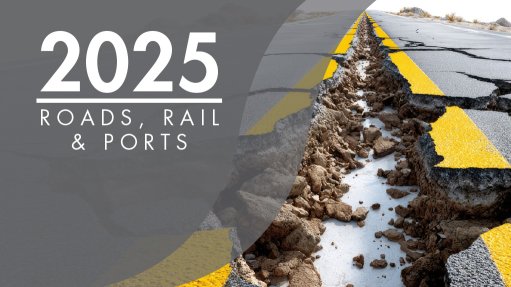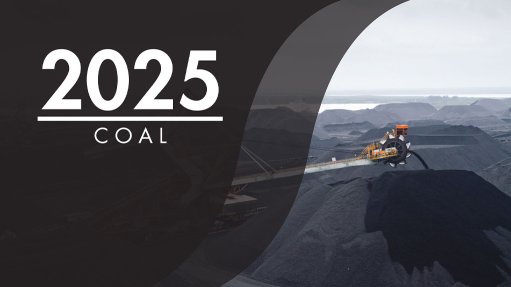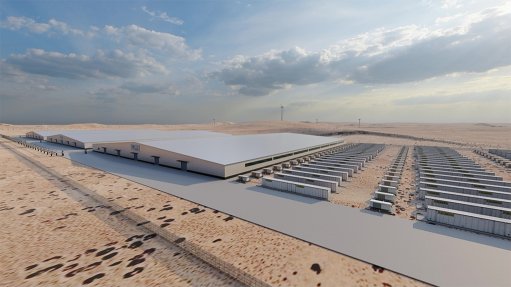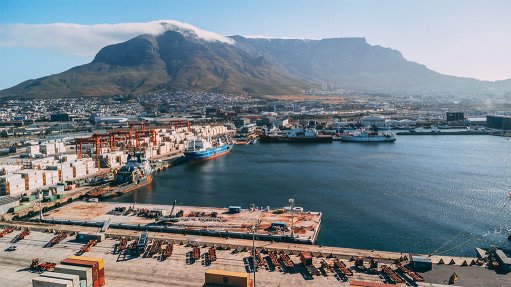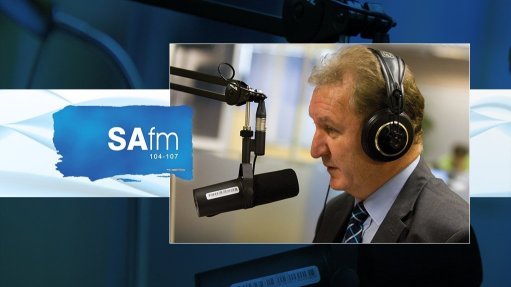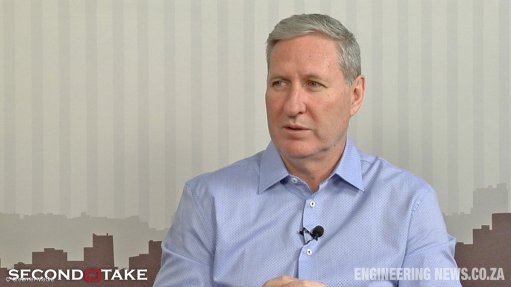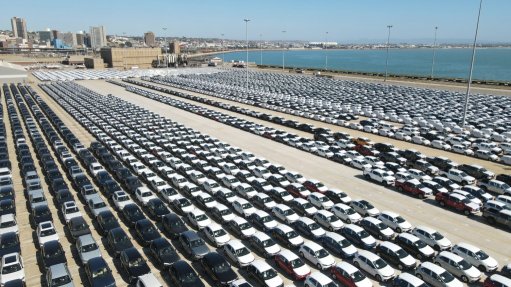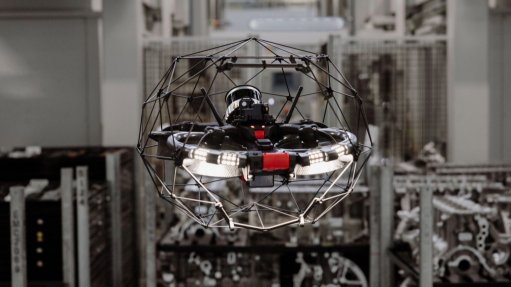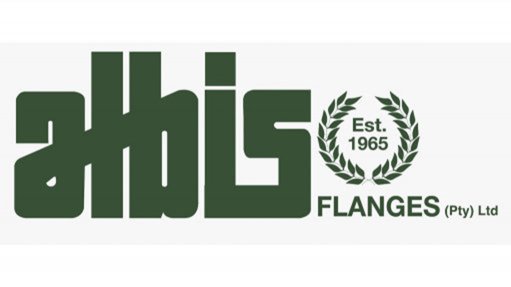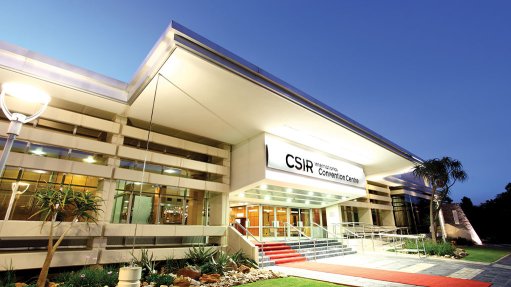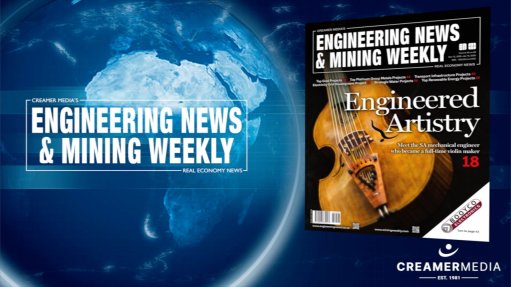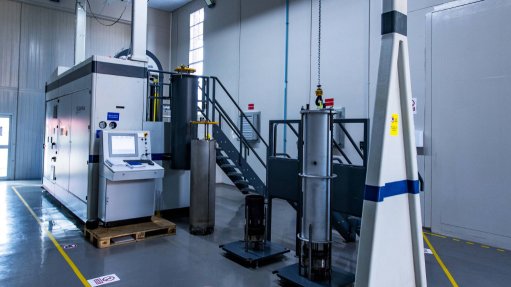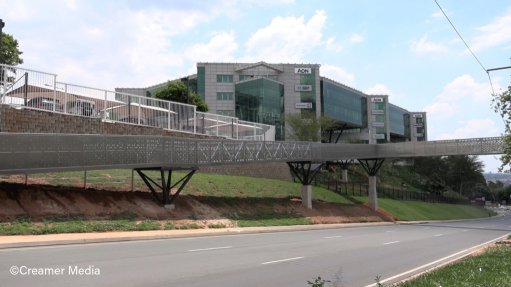Insurance – ‘first aid’ to the economy
This article has been supplied.
By: Kobus van Niekerk
Pillars of insurance
The country’s economy has been around for as long as trade between people began, insurance quickly formed part of the financial doctrine of how the economy operates sustainably through structured insurance contracts and loss reactions to create the desired sustainability and longevity in the economy.
Unlike certain elements of the economy, the principles of insurance have largely remained unchanged, though sometimes amended. The pillars of insurance upon which the insurance industry have been built are good faith; insurable interest; proximate cause; indemnity; subrogation; and contribution.
The purpose and application of short-term insurance is to indemnify and protect the Insured from material loss(es), consequential loss(es) and/or legal exposures.
Impact of industrialisation
Over the centuries, with the development of the various industrial revolutions, humankind moved away from manual labour methods towards a more machine-driven production method. This move brought with it new exposures and risks and thereby created the need for a risk transfer mechanism which evolved into insurance products to protect the fledgling industrial market to ensure the progress of industrialisation was maintained.
With the onset of the Fourth Industrial Revolution, the world is now experiencing the impact of AI, with the transfer of human interactions and decision-making to digital operating environments. As the investment and developments in software grows and becomes more refined, the need for human interventions to perform menial decisions and tasks declines.
The nature and size of the equipment needed is also changing with the advancement of technology. The prerogative and privilege of driving industrial progress become less reliant on humans. Automated and autonomous production, logistics and vehicles will be relied upon to account for the needs of the growing global population.
Change requires expert skills
Insurance needs to keep pace not only with the underlying knowledge invested in all industries but also with potentially negative results for investors if or when something goes wrong. Not only is there a material damage exposure to their investment, but also a loss of benefits or income from their investment – the consequential loss may even be more than their original investment thus severely impacting their desired return on investment.
Over the years, Insurers developed and constantly modified systems and formulas to evaluate risk and to underwrite and rate the risk accordingly. Nowadays, the underlying risks and exposures are changing. Large investments are made in developing software for equipment to replace and optimise mechanical processes, this has created a shifting exposure landscape and consideration for a more intangible asset such as software to be considered by insurance. This landscapes however is changing rapidly itself.
As the uniqueness of the software becomes more popular more easily replicable, the replacement cost reduces notably or even becomes unobtainable due to obsolescence (obsolescence may create another problem for Insurers in the event of a total loss and/or incompatibility).
The consequential loss element also becomes problematic and difficult to manage due to the variable gross profit/revenue aspect.
Factories become purposely constructed, and a partial loss may result in an expensive exercise to become productive again. Spare parts may be burdensome to obtain or may be unobtainable due to obsolescence or incompatibility, resulting in complications including betterment. Salvage may become useless due to the massive pace of technology advancements.
On the other hand, customised software may become very desirable and profitable.
The software may be destroyed, copied, or stolen, each with a different possible/potential loss or none at all. To establish the Insured’s possible/potential loss, material damage and/or consequential loss are normally a tedious exercise which requires expert skills and assessment. The insurance industry needs to work at addressing the evolving and emerging risks as technology advances and changes over time.
Insurance provides relief to the economy
Once again, insurance is robust and is adapting itself to indemnify material damage claims as well as consequential loss claims, which may change in accordance with technology and value. The change of the subject insured will also make the settlement more difficult. However, insurance is resilient and will remain a ‘first aid’ to the economy.
Consort at the forefront
Consort Technical Underwriting Managers, specialising in electronic and other engineering insurance, appreciates and accepts the challenge of change. Consort strives to be at the forefront of ever-changing insurance needs, resolving the unexpected losses suffered by enterprises.
Article Enquiry
Email Article
Save Article
Feedback
To advertise email advertising@creamermedia.co.za or click here
Comments
Press Office
Announcements
What's On
Subscribe to improve your user experience...
Option 1 (equivalent of R125 a month):
Receive a weekly copy of Creamer Media's Engineering News & Mining Weekly magazine
(print copy for those in South Africa and e-magazine for those outside of South Africa)
Receive daily email newsletters
Access to full search results
Access archive of magazine back copies
Access to Projects in Progress
Access to ONE Research Report of your choice in PDF format
Option 2 (equivalent of R375 a month):
All benefits from Option 1
PLUS
Access to Creamer Media's Research Channel Africa for ALL Research Reports, in PDF format, on various industrial and mining sectors
including Electricity; Water; Energy Transition; Hydrogen; Roads, Rail and Ports; Coal; Gold; Platinum; Battery Metals; etc.
Already a subscriber?
Forgotten your password?
Receive weekly copy of Creamer Media's Engineering News & Mining Weekly magazine (print copy for those in South Africa and e-magazine for those outside of South Africa)
➕
Recieve daily email newsletters
➕
Access to full search results
➕
Access archive of magazine back copies
➕
Access to Projects in Progress
➕
Access to ONE Research Report of your choice in PDF format
RESEARCH CHANNEL AFRICA
R4500 (equivalent of R375 a month)
SUBSCRIBEAll benefits from Option 1
➕
Access to Creamer Media's Research Channel Africa for ALL Research Reports on various industrial and mining sectors, in PDF format, including on:
Electricity
➕
Water
➕
Energy Transition
➕
Hydrogen
➕
Roads, Rail and Ports
➕
Coal
➕
Gold
➕
Platinum
➕
Battery Metals
➕
etc.
Receive all benefits from Option 1 or Option 2 delivered to numerous people at your company
➕
Multiple User names and Passwords for simultaneous log-ins
➕
Intranet integration access to all in your organisation







